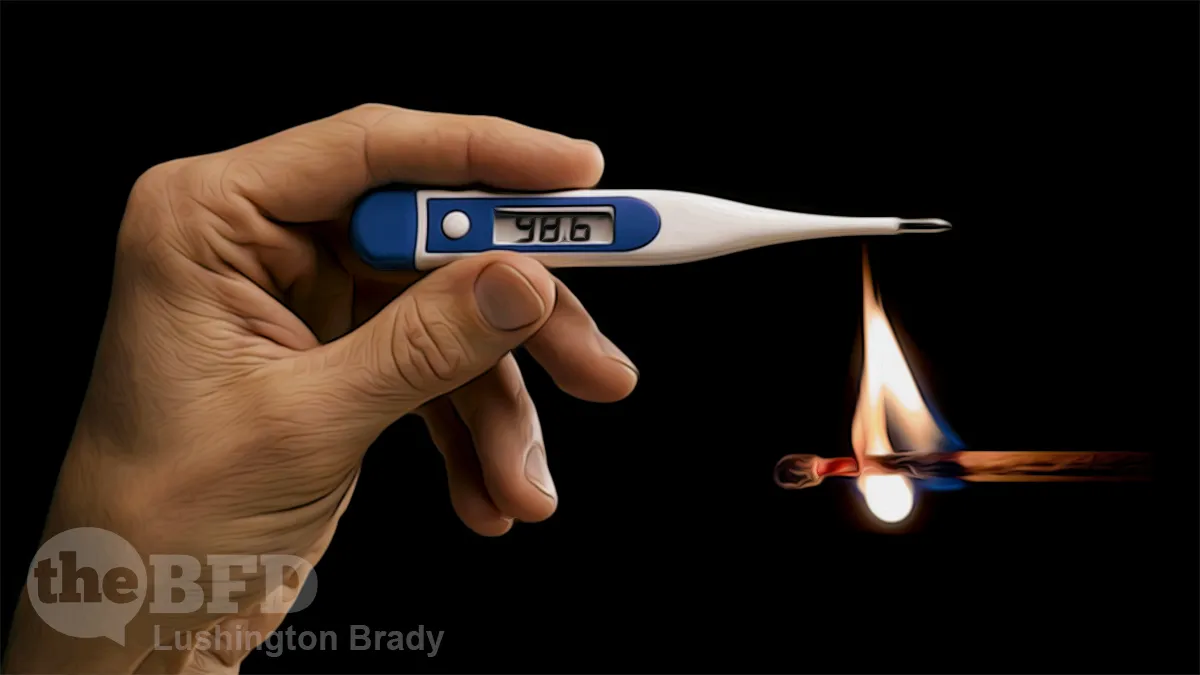Scientist and blogger Jennifer Marohasy has exposed how Australia’s Bureau of Meteorology has repeatedly fiddled with historic temperature records in the name of “homogenisation”. Homogenisation is not in itself wrong — methods of data collection have varied wildly over the century or so that consistent records have been kept. These changes inevitably mean that comparing apples with apples is a fraught task.
The only problem is that, as Marohasy shows, “homogenisation” has a strange habit of only ever working one way: up. Raw data that shows a cooling trend over the past 150 years always ends up conveniently becoming a warming trend after the BOM’s homogenisation. Other records showing higher temperatures in the past are simply dumped all together.
“Hold our beers,” says NZ’s National Institute of Water and Atmospheric Research.
NIWA’s Annual Climate Summary Report for 2022 has been found to contain false claims about record-breaking temperatures, nullifying its official statements that 2022 was “New Zealand’s hottest year on record”.
The mistakes are not simple typos during data entry: instead, they are a direct result of NIWA once again failing to enter historical data into its main CliFlo database.
Because the errors are based on a critical methodology failure, it means none of NIWA’s claims about other recent “hottest years” can be trusted by the government, the public or the news media, without a full audit of the main NIWA database against historical temperature data the agency has failed to enter in its system.
In its Summary, NIWA lists a series of locations which supposedly experienced record-high temperatures last year. But, as with similar claims in Australia (especially regarding the 2019/20 bushfires), old newspapers provide a valuable counter-balance to the official hysteria.
A common claim about the Australian bushfires was that they burned areas that had never experienced fire before. Yet, citizen journalists were able to find many newspaper reports from the 1930s, for instance, that proved that those areas had indeed experienced sometimes catastrophic fires.
And when NIWA claims that Greymouth has never experienced 29.8°C (85.64°F) temperatures before. Old West Coast newspapers tell a different story.
Just like with the missing “extreme weather events” scandal, the historical PapersPast database blows NIWA’s CliFlo records into the weeds. A search of the West Coast newspapers for the exact phrase “86 degrees” revealed numerous occasions where the West Coast has topped 86F (30C):
Reports from 1906, 1910, and 1928 all record 86°F temperatures. Another from 1866 reports 87°F/30.6°C, while reports from 1882, 1889, and 1892 claim temperatures up to a blistering 92°F/33.3°C.
Of course, there is the same issue with these reports as with other old data: inconsistencies in recording methods make comparing apples and apples difficult.
It doesn’t help matters, either, when critics of NIWA make their own egregious mistakes.
Westport’s newspaper noted a day so hot that people were frothing at the mouth.
In fact, what the Grey River Argus reported on 4 February 1927 was, “There were several cases reported of men mouthing at the froth” (emphasis added). In other words, a jocular reference to blokes having a beer on a hot day.
But the fact remains that NIWA appears, like Australia’s BOM, to be at best ignoring historical records, if not fudging data to fit a narrative. Particularly misleading are such rhetorical gambits as “on record” or “since records began”. PM Chippy pulled the same one in regard to the Gabrielle storm when he characterised it as the worst “this century”. Which obviously sounds a lot more alarming than, “in the last 23 years”.
At best, NIWA should be forced to say “highest in 30 years” or however far back the data stretches, because that at least gives a range implication without implying it’s the highest “on record”.
The Outdoor Phone Store/Investigate Magazine
The historical newspapers don’t exactly bust NIWA’s records wide open “big enough to fly a jumbo jet through”, but it does give New Zealanders good reason to distrust their alarming claims. Not releasing their existing temperature data is even more reason to be suspicious of NIWA.
Especially when, as we saw when the BOM did release its data, there was a gigantic thumbprint on the scales.









